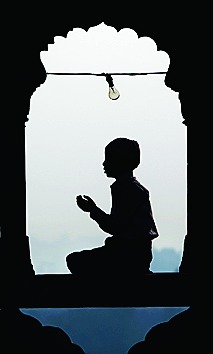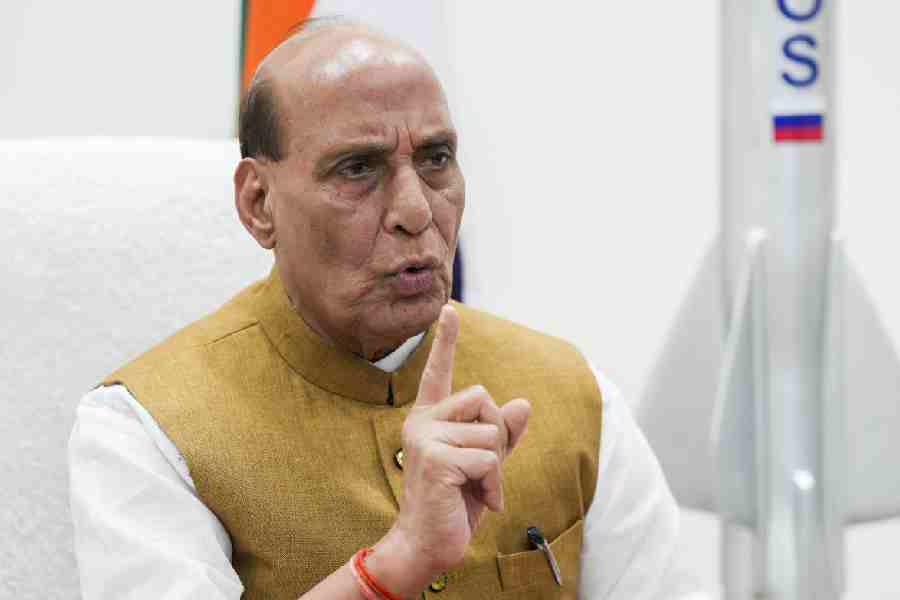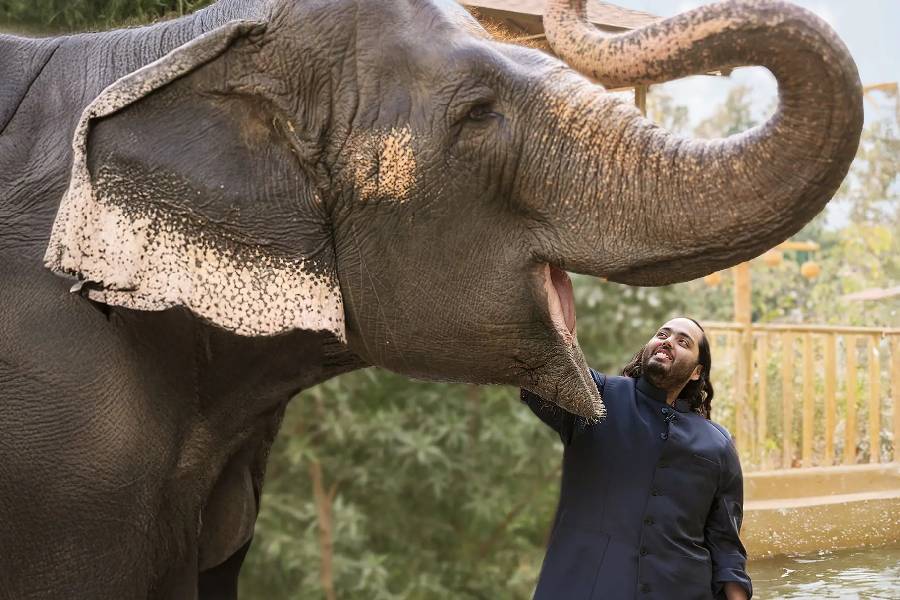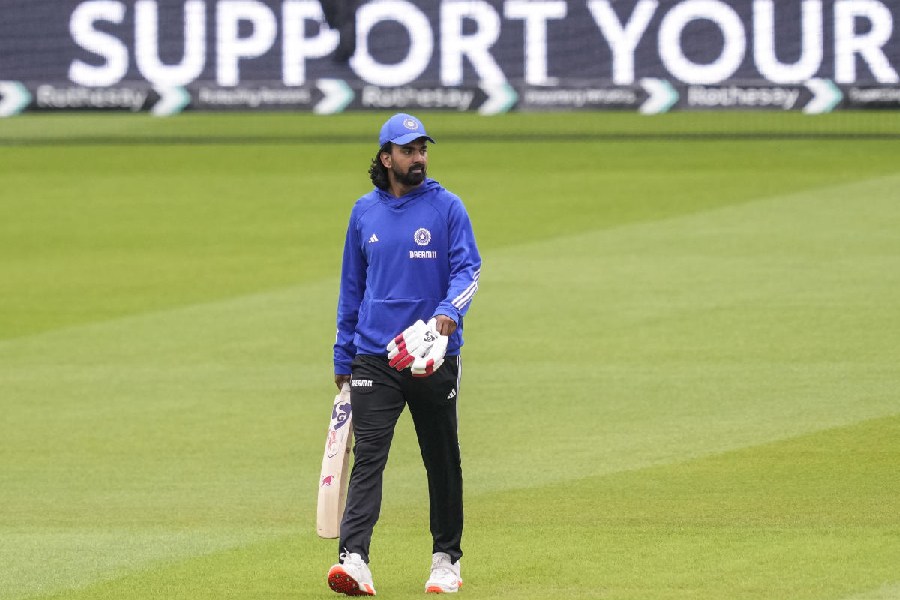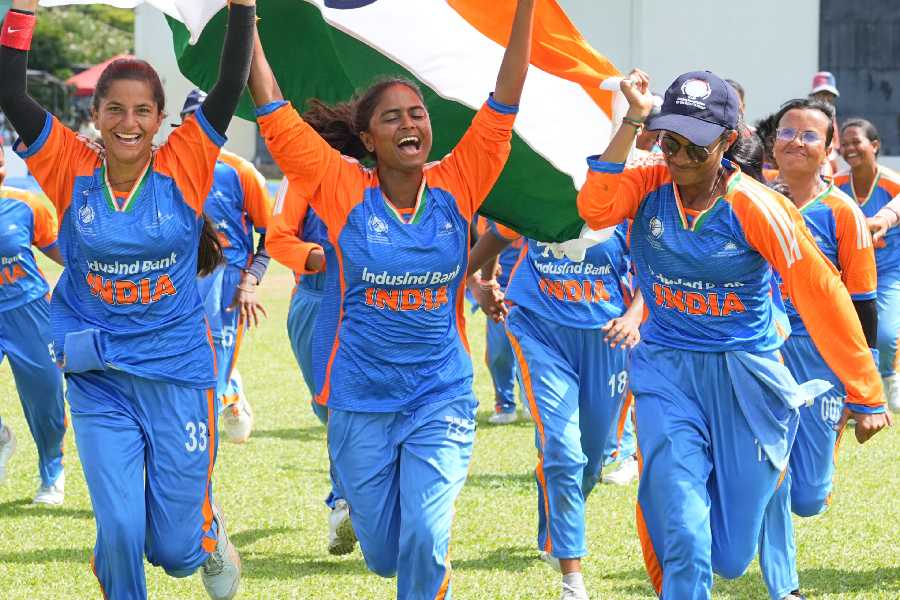
AN ORDINARY MAN'S GUIDE TO RADICALISM: GROWING UP MUSLIM IN INDIA By Neyaz Farooquee,Context, Rs 499
Indian Muslims form the world's largest minority segment. India is home to the world's second largest Muslim population, which is estimated to become the largest in the world by 2050. They are important not merely because of their numerical strength, but also because nothing else punctures the two-nation theory more profoundly than the fact that Muslims in such large numbers opted to stay in Hindu-majority India even when they had the choice of migrating to Pakistan. Hence, there are more Muslims in India than in Pakistan. Although there have been numerous scholarly studies of Indian Muslims, fairly little has come from the community in the literary genre of memoirs highlighting its experience in independent India. A few works that have appeared include Nasim Ansari's Choosing to Stay: Memoirs of an Indian Muslim (1999), translated by Ralph Russell, Iqbal Masud's Dream Merchants, Politicians, and Partition: Memoirs of an Indian Muslim (1997), Saeed Naqvi's Being the Other: The Muslim in India (2016) and Seema Mustafa's Azadi's Daughter: Being a Secular Muslim in India, A Memoir (2017).
But, 2018 is going to be remembered as the year that saw the publication of two important books in this genre - Nazia Erum's Mothering a Muslim: The Dark Secret in Our Schools and Playgrounds and Neyaz Farooquee's An Ordinary Man's Guide to Radicalism: Growing Up Muslim in India. While Mothering a Muslim gives an account of discrimination against Muslim children in India's premier secondary education institutions, Farooquee's book contains the life story of a Muslim youth from rural India, who migrates to the national capital in pursuit of education, with no premonition of the environment of fear, prejudice and conspiracy that he would find himself in within just a few years. It is at once poignant and brutally honest.
Although focused on the Batla House Encounter in 2008 in which two young Muslim men, allegedly terrorists, were killed by the police, and its fallout for the residents of Jamia Nagar in Delhi, where it took place, Farooquee draws our attention through passing references also to several other episodes that instilled a feeling of insecurity and vulnerability in Indian Muslims, namely post-Babri-Mosque-demolition riots across India in 1992-93, the Gujarat riots in 2002, and so on. Along with Naqvi's and Mustafa's, Farooquee's memoir falls in line with memoirs that have emerged from post-9/11 America, where Muslims have been increasingly looked at with suspicion, like Moustafa Bayoumi's How Does it Feel to be a Problem: Being Young and Arab in America (2008) and Haroon Moghul's How to be a Muslim: An American Story (2017).
The book is divided into two parts, with each part further subdivided into nine chapters that shuttle between the present, the near past (the year of the encounter and the years that followed it) and the distant past (his childhood in his village and his formative years in Jamia Nagar, Delhi). It is rich in its description of the Muslim ghetto that Jamia Nagar has become, with hints to the factors that have led to its emergence, and the absolute neglect of civic facilities there. Farooquee successfully emphasizes the increasing social segregation on communal lines in urban India. The book is a welcome addition to the corpus of literature that helps us understand the fears and insecurities of Indian Muslims and their sense of victimization at the hands of both the State and the media.

